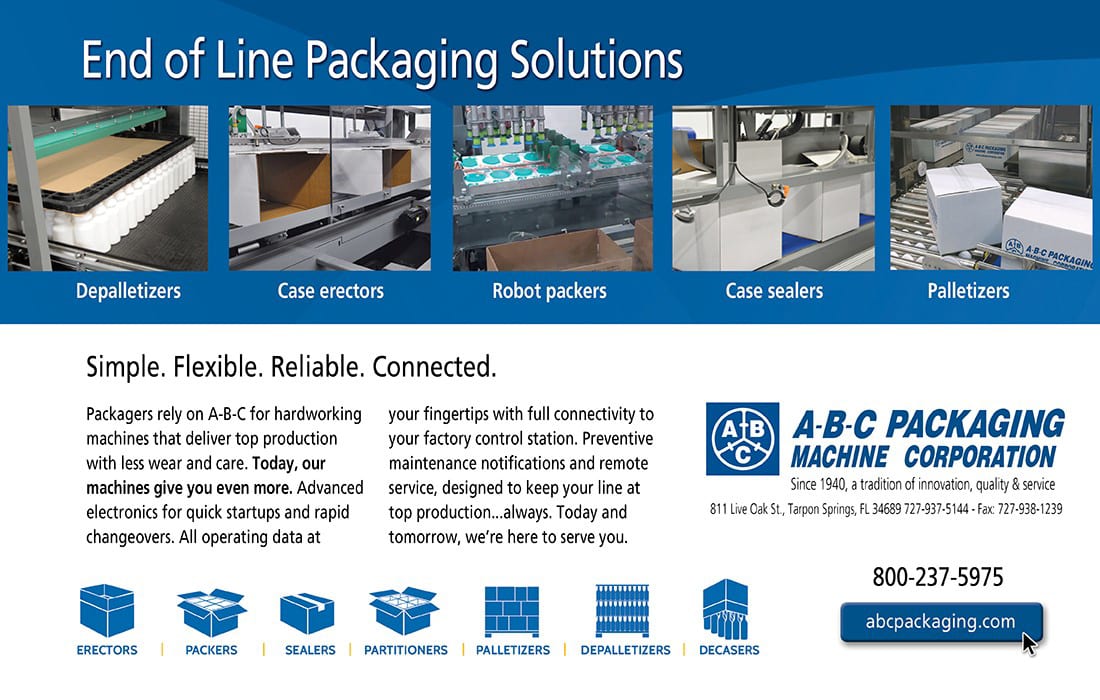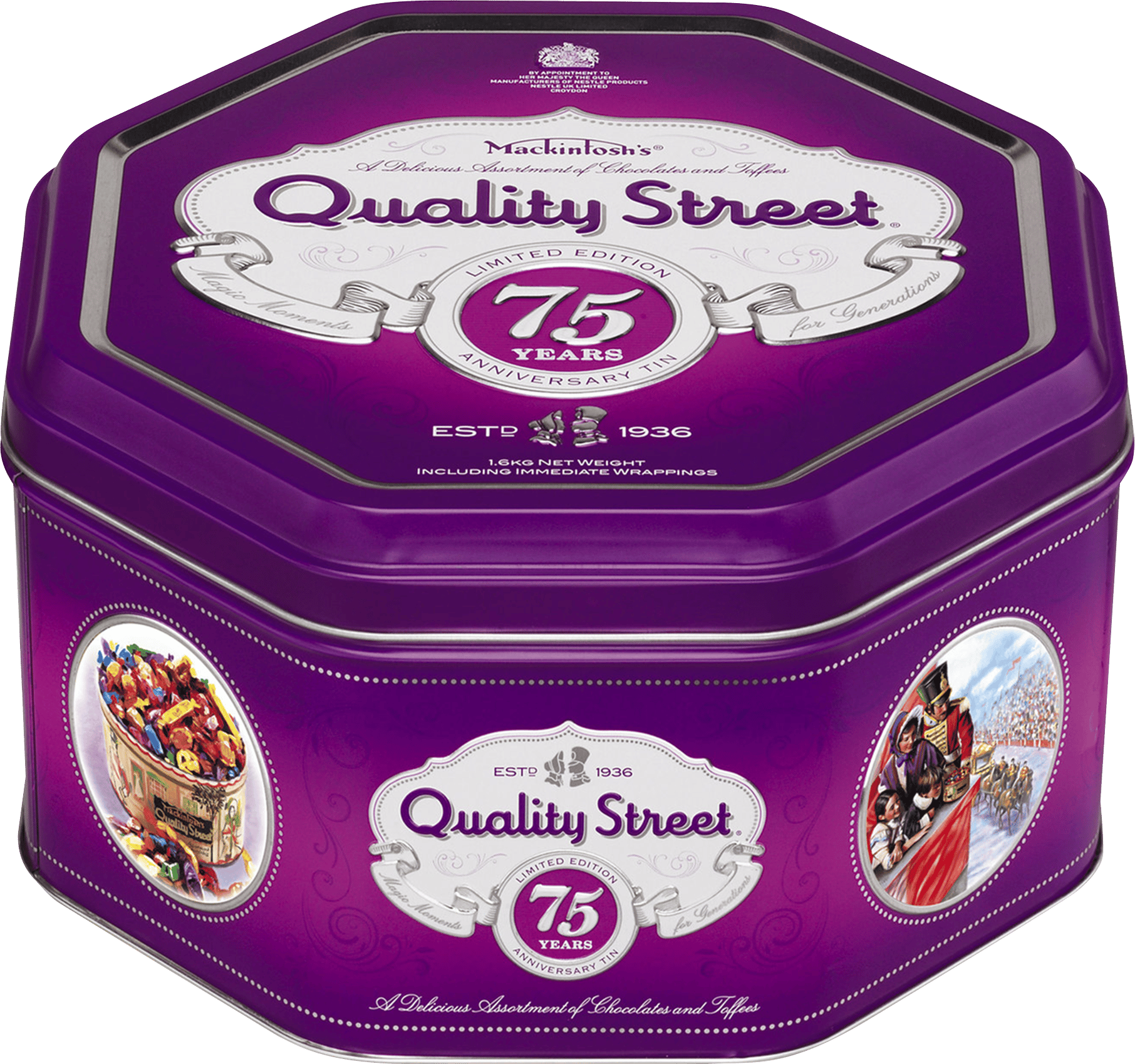

Candy Makers Packaging Smarter; Consumers Eating Smarter
Moving toward sustainability and promoting healthier eating habits are two big trends in candy and confectionery packaging.
By Brad Addington
Headlines from the past year or so reveal two distinct trends when it comes to packaging for candy and confectionery products:
- A strong focus on sustainable packaging (not extremely surprising) and
- (Perhaps more surprising) candy manufacturers’ efforts to address dietary concerns – and the widespread use of packaging to advertise those efforts.
Sustainable Packaging
Carly Schildhaus, Senior Manager of Public Affairs at the National Confectioners Association (NCA), told Packaging Strategies that she was not surprised by the emphasis on sustainability.
“Chocolate and candy companies are driven by innovation, and their purpose-driven approach includes a focus on packaging sustainability,” Schildhaus said. “NCA and its member companies are initiating their own efforts and joining other consumer-facing industries to invest in the development and adoption of innovative packaging materials for common-use consumer products. These efforts are focused on developing packaging that adheres to the highest standards for food safety while also being fully recyclable, compostable or reusable in order to reduce the environmental footprint of confectionery packaging.”
Schildhaus further notes that “there’s also a role for federal, state, and local governments to play in repairing and advancing the nation’s broken recycling infrastructure, which cannot yet fully address flexible packaging,” which Schildhaus describes as “a highly efficient material that provides the right level of security, quality, product protection and preservation.”
ADVERTISEMENT
In something of a precursor to Nestlé’s recent announcement regarding new packaging for KitKat bars in Australia (see New Packages department in this issue), Nestlé UK in fall 2022 announced a move to recyclable paper wrappers for its Quality Street candy line.
Developed by packaging experts at Nestlé's Confectionery Research and Development Center in York, U.K., and the Swiss-based Nestlé Institute of Packaging Sciences, the transition to paper required extensive development in the engineering of new materials, coating technologies, printing techniques and the adaptation of existing equipment.
Two flavors — Orange Crunch and the Green Triangle — remain in their existing foil wrappers as they can already be recycled. The move to new paper packaging for the nine remaining twist-wrapped sweets took a few months to fully implement. But by the end of 2022, consumers could expect to find both existing and new wrappers in their cartons, pouches, tubs and tins.
Louise Barrett, Head of the Nestlé Confectionery Product Technology Centre in York, said last year: "With nine different sweets to consider, the transition has been a huge undertaking. Each of our existing machines need to be adapted to run paper and then rigorously tested by our packaging experts to ensure we're still delivering the same quality consumers expect when they open a box of Quality Street.”

Nestlé has moved to recyclable papers for its Quality Street candy line.
Courtesy of Nestlé
Meanwhile, Mars, Incorporated announced in October that it had reached a key milestone in its commitment to a circular economy where packaging material never becomes waste.
Specifically, Mars announced new KIND snack bar packaging incorporating recycled content made from advanced recycling, meaning it contains less virgin plastic compared to previous products.
The new material has been completely redesigned for maximum circularity and is produced through the recycling of used mixed plastic that would otherwise be destined for incineration or landfill. This means that the new packaging is eligible for drop-off recycling in the U.K. and curbside recycling in Ireland.
This transition to packaging designed for maximum circularity is the latest innovation in Mars, Incorporated’s strategy to reimagine and redesign all packaging. Mars is focused on reducing the use of new virgin plastic by 25%, incorporating 30% recycled content into plastic packaging, and redesigning more than 12,000 packaging components across a diverse portfolio to fit with the recycling infrastructure that either exists today or is likely to exist in the future.
Barry Parkin, chief procurement & sustainability officer at Mars, Incorporated, commented: “At Mars, we want to contribute to a circular economy where packaging material never becomes waste, but is recycled, reused or composted. For this to happen, we need new solutions and infrastructure to change the recycling landscape and to complement mechanical recycling.”
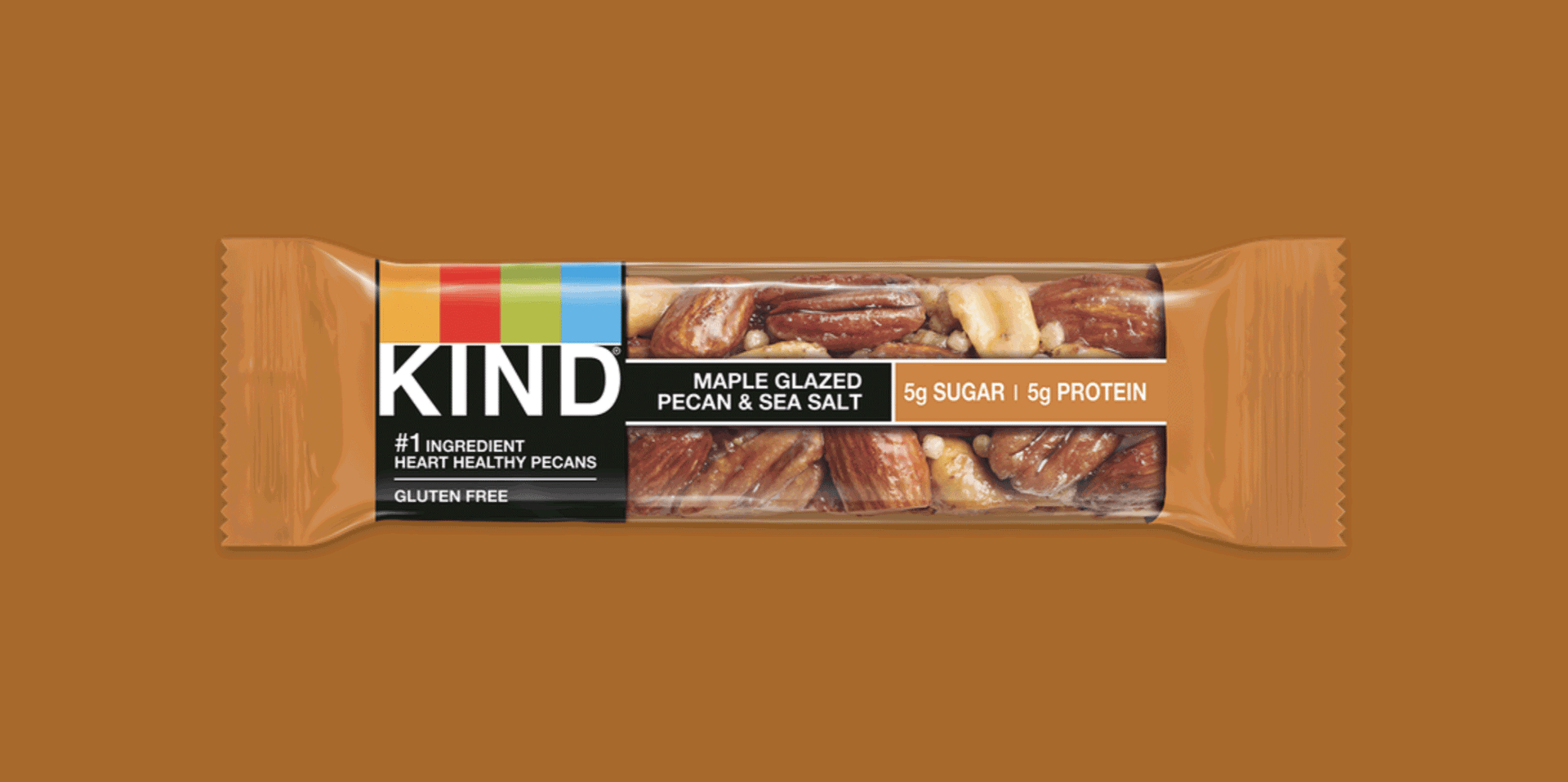
KIND snack bar packaging incorporating recycled content made from advanced recycling
Courtesy of KIND
Addressing Dietary Concerns
In addition to addressing consumers’ concerns about sustainability, candy makers have been using packaging to promote healthier eating habits and to advertise product changes made in response to eating trends.
Case in point: Leading candy and chocolate manufacturers are reporting progress on commitments to transparency and portion guidance after making a pledge to the Partnership for a Healthier America (PHA) in 2017.
Companies including Mars Wrigley, Ferrero, Ferrara Candy Co., Lindt, Ghirardelli Chocolate and Russell Stover Chocolates have offered more products containing 200 calories or fewer and with front-of-pack calorie labels, as outlined in a report from PHA and NCA.
Specifically, half of individually-wrapped products manufactured by participating manufacturers are available in sizes with 200 calories or fewer. That’s up 38.3 percent from 2016. Additionally, nearly 95 percent of confectionery products have front-of-pack calorie labels, up 53.7 percent from 2016.

Tamalitoz by Sugarox has launched ChewLows, for people who want a sweet treat without added sugars.
Courtesy of Tamalitoz
Beyond calorie counts, candy makers are using packaging to tout a variety of diet-related features that can appeal to consumers.
Tamalitoz by Sugarox has launched ChewLows, ideal for those who want a sweet treat without added sugars.
ChewLows features the brand's signature chili lime seasoning mixed in the low-sugar formulation. Flavors include Divine Watermelon and Pineapple Galore. The candy is also Non-GMO, made with all organic ingredients, and vegan, and does not include artificial sweeteners, sugar alcohols, or high-fructose corn syrup.
The candy is available on Amazon and at most H-E-B supermarkets in Texas.
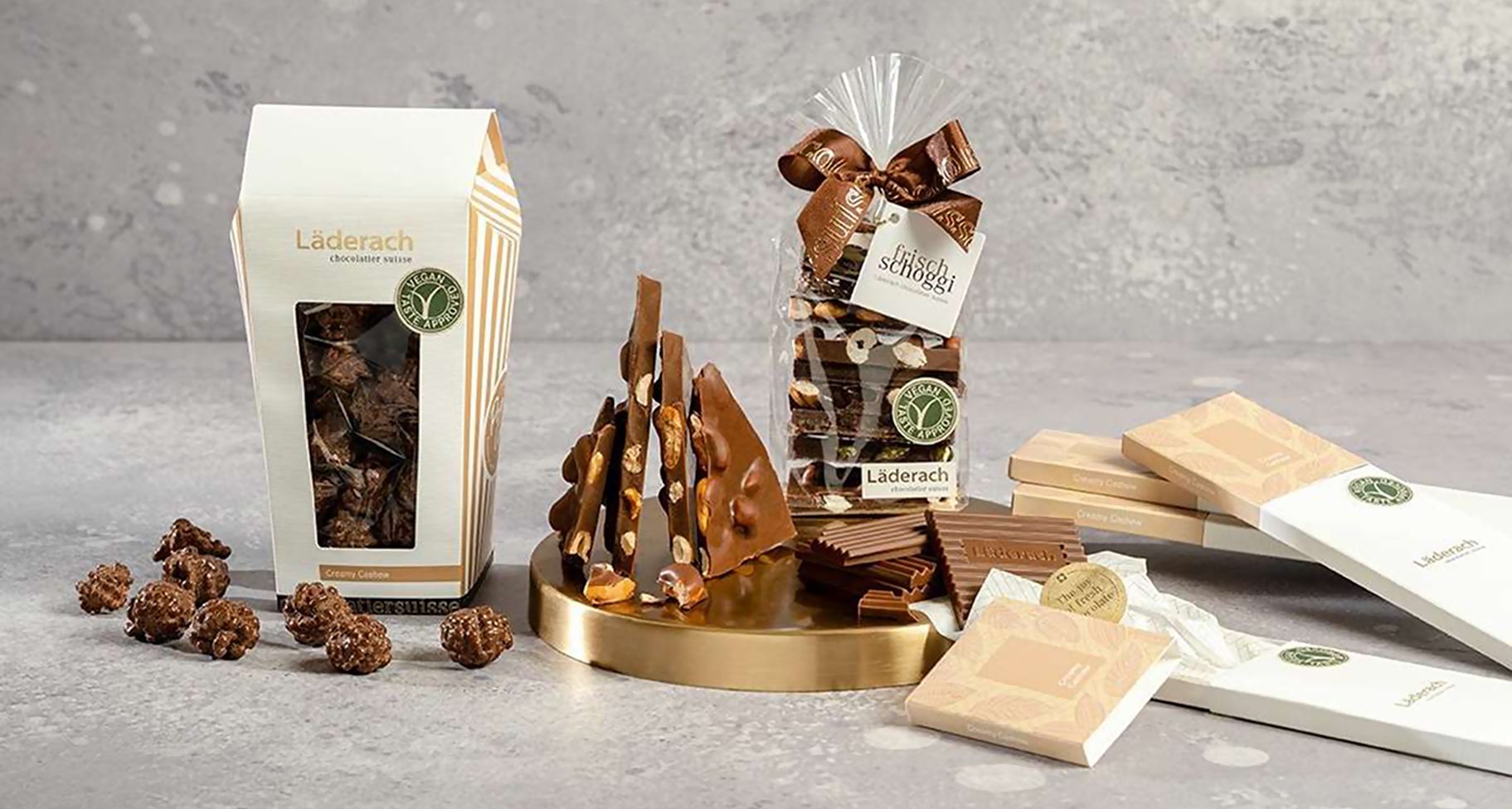
Läderach, maker of fine chocolates, recently added a line of vegan chocolates to its offerings.
Courtesy of Läderach
Meanwhile, Läderach Chocolatier Suisse in 2022 debuted a line of vegan chocolates.
In addition to existing pure and select dark chocolate with fruit and nuts, Läderach's vegan products include cashew milk instead of dairy milk, coconut blossom sugar instead of sugar and no preservatives. The coconut blossom sugar comes from Indonesia, while the cashew milk comes from Vietnam. The company sources cocoa beans from Ecuador and Ghana.
Product innovation is led by World Chocolate Master Elias Läderach. The new vegan chocolate collection is marked with a "Vegan Taste Approved" sticker.
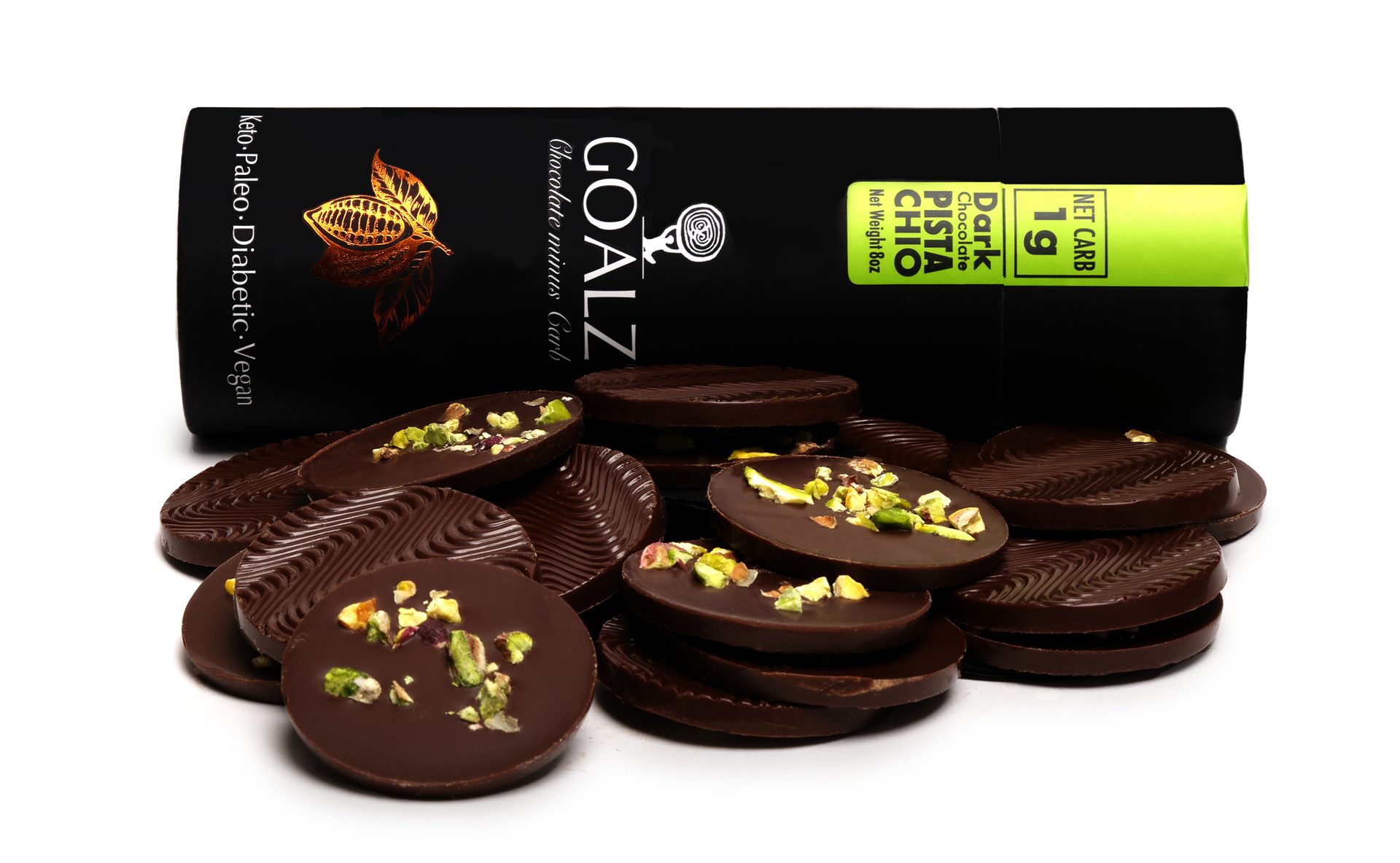
Goalz recently debuted keto-friendly chocolate.
Courtesy of Goalz
In a nod to another diet trend, Goalz recently debuted keto-friendly chocolate made without sugar and sugar alcohols.
Founder Michelle Oten created the brand after searching for chocolate that would satisfy her chocolate addiction but not derail her health goals. She spent two years researching and experimenting with ways to achieve a similar taste and texture of the traditional chocolate without sugar. Her research led her to allulose, a rare ingredient mainly found in figs that sweetens like sugar but won’t spike blood sugar.
Goalz Chocolate is low-carb, vegan and made from three simple ingredients: cocoa beans, prebiotic fiber and allulose. Goalz Chocolate doesn’t contain oils, preservatives, fillers, soy lecithin or anything artificial.
“As a lifelong chocolate lover, I’m so proud of Goalz because the chocolate can really stand up for itself in any taste test,” Oten said. “And not just when it’s compared with sugar-free chocolate. Our customers agree - it tastes like the finest, artisanal chocolate you’d find in Europe, and you’d never guess it’s sugar-free.”
